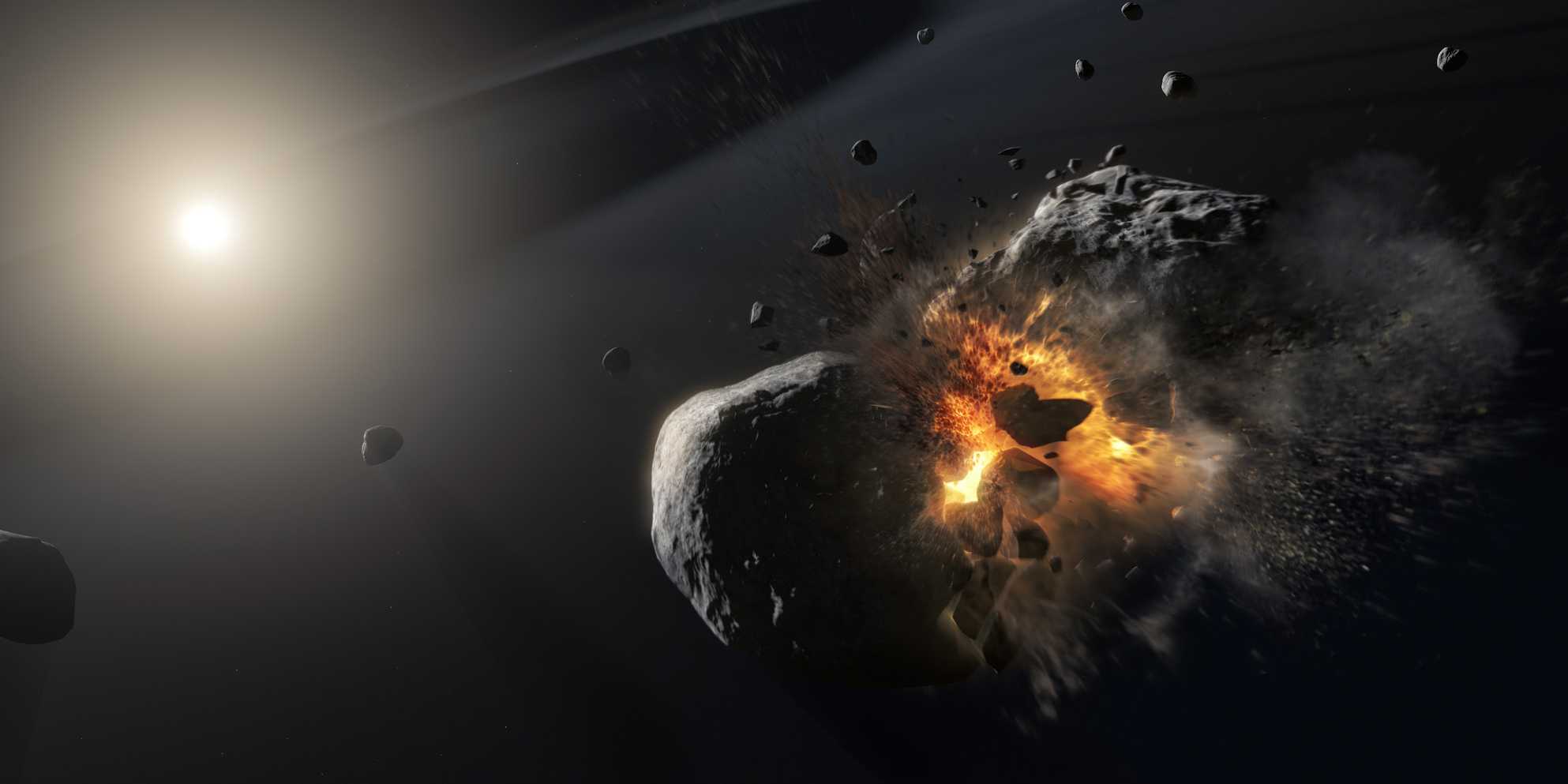Earth’s composition was modified by collisional erosion
A recent study published in Science brings new constraints on planet formation. It highlights the role of collisions in shaping planets and affecting their composition.

The Earth is an active planet 4.5 billion years old. This long evolution makes understanding its formation challenging. Meteorites are remnants of the early history of the solar system formation and bring clues to the formation of planets. Analysing neodymium enables to refine genetic links and identify early processes of planetary differentiation.
Researchers analysed the composition of neodymium in primitive meteorites. These results show that despite being considered as building blocks of the planets, primitive meteorites display a different composition compared to the Earth. Earth and the rocks from the surface of proto-planets are enriched in the isotope 142-neodymium. This composition can be explained by repeated collisions in the first million years of the Solar System, that destroyed up to 20% for Earth’s mass.

Reference
Paul Frossard, Claudine Israel, Audrey Bouvier, Maud Boyet, 2022. Earth’s composition was modified by collisional erosion. Science 377, 1529-1532. external page DOI: 10.1126/science.abq7351
The study was conducted at the Laboratoire Magmas et Volcans, Clermont-Ferrand in France (UCA/CNRS/IRD). Dr. Paul Frossard, the lead author is now a postdoctoral researcher at the Institute of Geochemistry and Petrology at ETH Zurich, working with Prof. Maria Schönbächler.